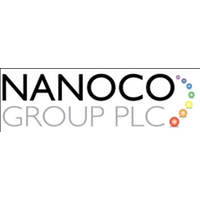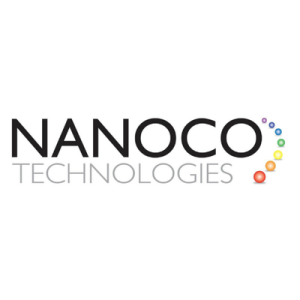Nanoco Group plc (LON:NANO), a world leader in the development and manufacture of cadmium-free quantum dots and other nanomaterials emanating from its technology platform, today announced that it has signed a Development Agreement for a project with a very significant Asian chemical company.
The Project builds on recently completed feasibility work relating to the development of a potential new nano-material for the customer and the continued supply of a previously developed material. If the new nano-material is successfully developed, it will be suitable for use in electronic devices across a number of sensing applications and end markets.
The first phase of the Project will complete in the second half of calendar year 2021. The Agreement outlines two further phases that are contingent on the success of the first phase and have the potential to run through to the end of FY22.
The total value of work for this new customer in the current financial year increases the Board’s revenue expectations for FY21 by approximately 10% and, if realised, the subsequent phases will have a similar impact in FY22. Subsequent scale up or commercial production is contingent on the successful completion of all three phases of the Project and would arise after FY22.
Brian Tenner, Nanoco Group CEO, commented:
“This is an important expansion of our portfolio of products for use in infra-red sensing applications. Nanoco now offers a growing range of materials covering an increasing breadth of operational wavelengths for sensors in a multitude of potential end user applications.
“Our new customer is a very significant player in electronics supply chains globally. They further diversify our customer base and add additional routes to market with their own extensive customer list. This additional reach into leading global technology companies creates further momentum for Nanoco in commercialising our nano-materials for use in sensing applications.
“Market interest in sensing applications continues to grow and Nanoco’s IP-backed platform technology remains a robust foundation for our work in these fields of use. With other Nanoco customers outlining their product road maps, we can see clear routes to commercialising our technology and to exploiting our Runcorn production facility in the short to medium term.”


